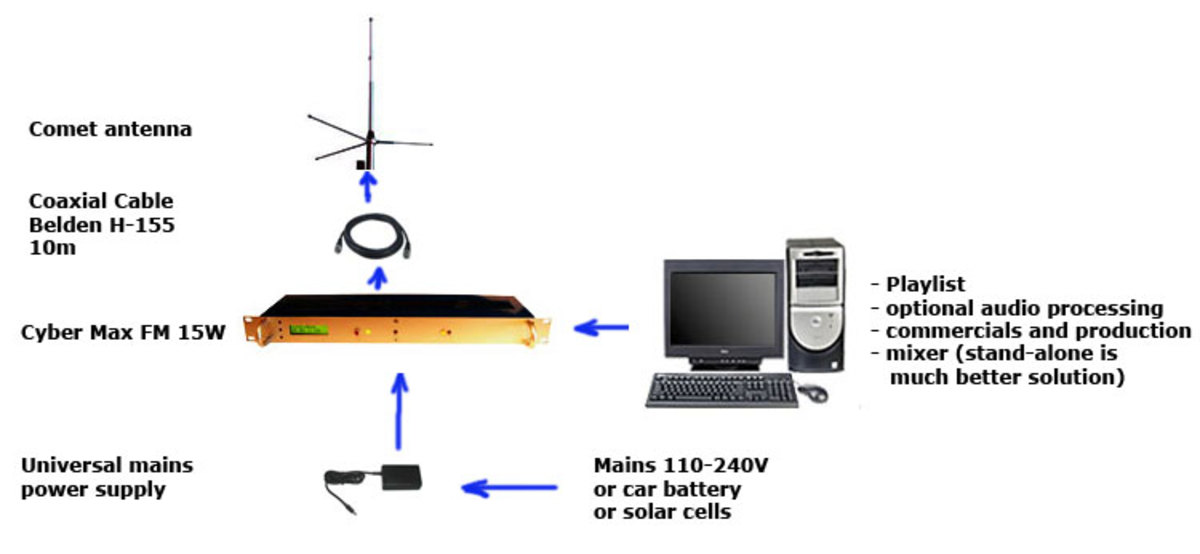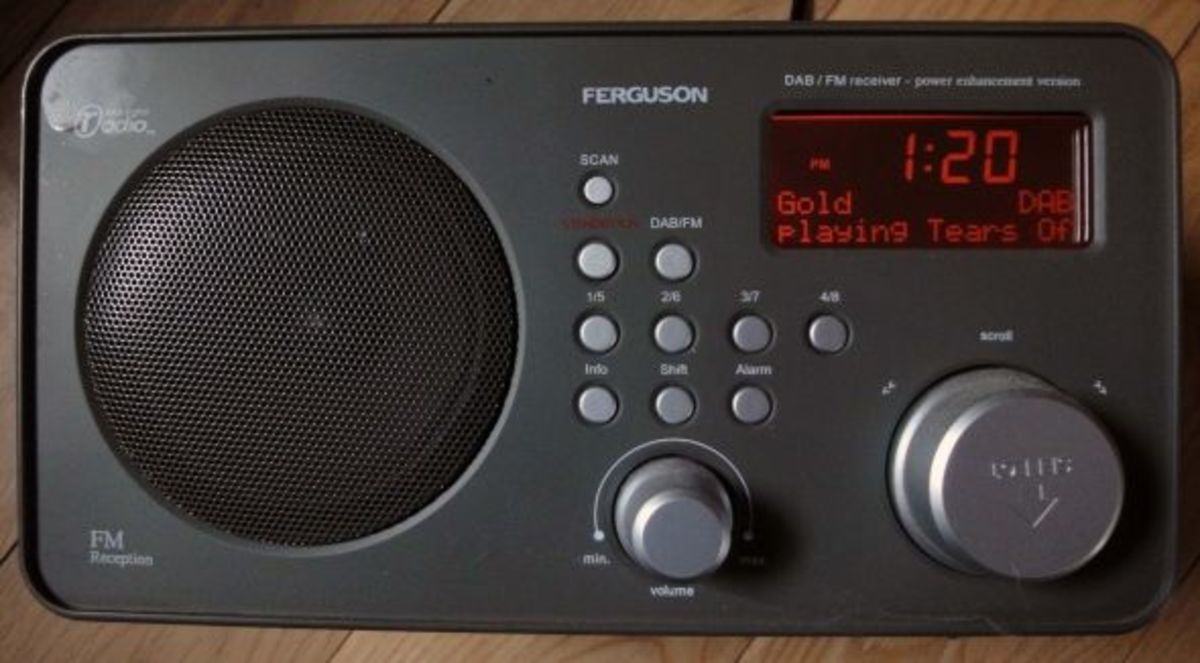Oh Radio, Radio, What Are You, Radio?
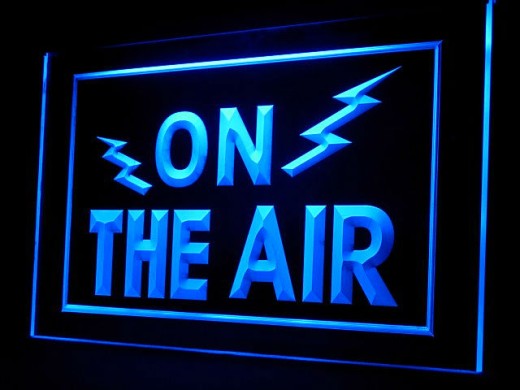
Radio is Everywhere!
Radio ... we use it every day. In today’s world, commercial and public broadcast radio stations, in addition to Internet and Satellite radio, continue to be major sources for delivering news, entertainment and general information as well as data transmission. Whether you listen to AM, FM, digitally-enhanced “HD” radio, satellite radio, Internet web-based stations or participate in amateur “ham” radio transmissions, you are using radio. Even your cell phone or pager uses radio waves and frequencies to operate. Yes, radio is definitely a part of our lives. So, what is radio?
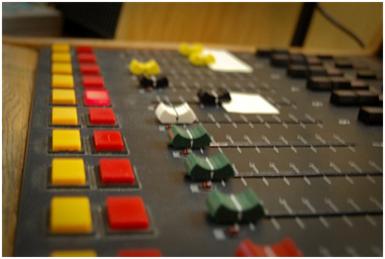
Broadcast Radio
Simply put, broadcast radio is the method of transmitting electromagnetic waves through space; the waves are detected by a conductor that emits alternate electromagnetic fields. The result of these oscillating sets of waves working against each other can be turned into sounds or other informational signals.
Radio signals have two kinds of waves. “Audio” waves are the actual sounds that an audience hears when listening to, for instance, music or someone talking. Radio frequency waves travel with the sound, in order to “carry” it to home, portable and car radio receivers. Sound waves are broken into three parts; amplitude, frequency and phase, or a “wavelength.”
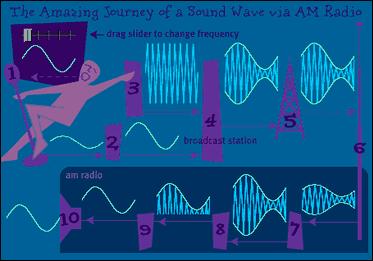
AM Radio Frequencies
AM radio, (also known as “amplitude modulation”), allows waves from specific frequencies to create amplified signals sent to headphones and speakers. Electrical static, such as that created by lightning, can interfere with these signals. Music stations on AM in various markets still exist; however, the frequencies are often used for talk-radio, news and religious broadcasting.
AM radio antenna transmitting-power varies; commercial stations may be broadcasting with anywhere from 250 to 50,000 watts, depending on their Federal Communications Commission (FCC) license agreement.
During the sunlit hours of the day, AM waves travel by what is known as “groundwave;” bouncing around the earth’s curve over a specific distance from the signal transmitter. At night, AM signals travel by “skywave,” created by changes in the ionosphere. The “skywave” lets the stations be heard far from their normal listening area. The FCC requires “daytimers” to reduce their broadcasting power or use directional antennas after sunset. Some stations are only allowed to broadcast during the day.
(Here’s something fun to do: Scan your AM radio at night to see what stations you can pick up and where they are. Cloudy days are best because the signals are bouncing then, but clear days are good too. You may be surprised at what your receiver picks up!)
FM Radio Frequencies
FM radio uses “frequency modulation” to transmit a combination of waves that reproduce the audio signal for broadcasting, thus the initials “F” and “M.” Frequency Modulation transmits information over a carrier wave that varies (unlike AM, where the frequency wave remains steady).
The FM band, which transmits between 87.5 and 108 megahertz, is calculated to millions of cycles per second. Commercial FM broadcasting actually began in 1939; for years FM was used to air classical music and educational programming. FM became popular in the late 1960s for broadcasting “alternative” music, such as “Album-Oriented-Rock” formats (AOR). By the late 1970s, the number of FM stations exceeded AM for airing music formats.
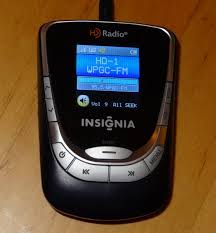
HD Radio
HD Radio allows radio stations to broadcast their programming digitally; allowing for more stations on the frequency band and clearer “CD quality” reception without audio distortion.
The term “HD” is mistakenly thought to stand for High Definition or Hybrid Digital, but actually it is just a trademark brand name for the product. HD radio works much like conventional radio with a signal being transmitted to a receiver. The digital signal is compressed with an analog signal; it bounces off objects to create “multipath distortions.” HD radio receivers clean up the signals by reducing static and noise.
HD2 is a term used for multicasting on FM’ the primary signal (called HD1) is duplicated and broadcast on HD radio receivers. Like commercial and publicly-funded radio stations, HD radio broadcasts are free to listen to but you must have an HD radio receiver to pick them up.
In Band On Channel (IBOC) is the digital broadcasting standard in the United States; IBOC signals use the same FM and AM bandwidths as the stations’ analog signals. As the use of HD radio grows, more stations in the United States are increasing their audiences’ listening choices with multiple programming signals.
Satellite Radio
Satellite radio is a digital or analog signal that travels through one or more structurally developed satellites that are launched into space. Listening to music and other types of programming from a satellite radio station is kind of like listening to a CD; high quality with uninterrupted sound.
The numbers of stations are varied and can be somewhat unlimited; they can include many formats such as classic rock, soul, love songs, oldies, hip-hop, country, talk shows, news and much more. Many car models are now installed with satellite radio receivers. Portable receivers are also available at some electronics stores and to purchase online. Satellite radio users must subscribe to use the service, for which there is monthly fee.
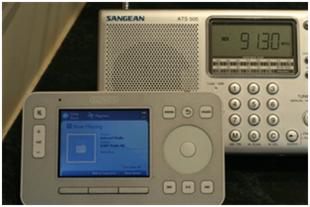
Internet Radio
Internet Radio, also called webcasting, streaming, net-radio and e-radio, is a method that allows music and other programming to be transmitted through the Internet. Streaming media is somewhat like traditional broadcast radio in that it cannot be stopped or replayed and it is not available “on demand.” However, unlike broadcast radio (which is limited to listening-area boundaries), web streaming allows the listener to access programming content from Internet radio stations around the world. Many local broadcast stations now bring their programming to the world-wide-web so that it is accessible through computers as well as through traditional radios.
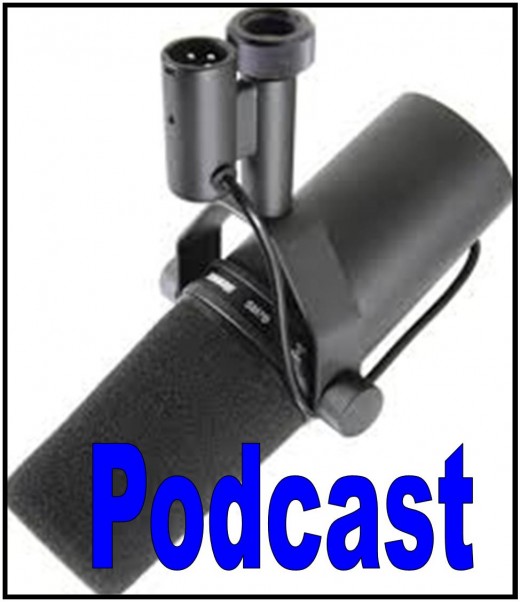
Podcasting
Podcasting is not an immediate broadcast of a program; it is a delayed webcast that is available for the listener to download onto his or her computer or portable device, to listen to when it is convenient to do so. Digital media files are combined into a series that is fed into a server and caught by specially designed software called a “podcatcher.” The series of files are updated with new segments that are sent automatically. The “podcatcher” stores audio files on the user’s computer or portable device, such as an MP3 player or cell phone.
Two-Way Radio
Two-way radios (also called “walkie-talkies” and “handheld receivers”) can both receive and transmit audio communication between two or more users, typically for purposes of business, military, public safety, outdoor recreation and personal activities.
In today’s market, along with children’s toys that have limited range, there are two types of two-way radios; FRS (Family Service Radio) and GMRS (General Mobile Radio Service). FRS units have low power; ranging approximately from a half-watt to two watts which transmit on a total of 14 Channels. GMRS units are higher powered two-way models -- typically one to two watts -- that transmit on a total of 22 channels and require the users to have an FCC license to use them. The range of coverage of all two-ways varies depending on the radios’ usage locations.
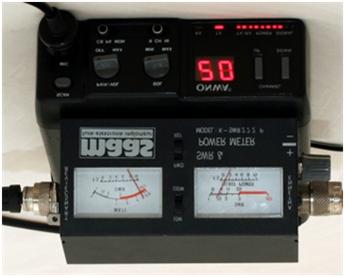
Other Radio Types
Low Power Radio Service (LPRS) is one-way, private, short-distance communication meant for stations to send voice data to people with disabilities as well as language translation and educational purposes. LPRS is also used for health care and law enforcement activities.
Multi-Use Radio Service (MURS) is a private, short-distance service that is used mostly for business or personal activities. MURS operates up to two watts on “Very High Frequency” (VHF) channels.
Citizens Band Radio (CB) allows for private two-way radio communication. Mostly used for private or business purposes, CB radios are often found in vehicles but they can also be in a stable location. CB radio communications between transmitting and receiving stations must not exceed 155.3 miles (250 km). CB radios used in the United States must be certified by the FCC and have FCC-certified label placed by the manufacturer. There are 40 CB service channels in the United States.
Whether as a hobby or for public service, Amateur Radio (also called “ham” radio) operators use different types of transmissions to communicate voice and sounds, such as, for example, Morse Code. Amateur radio operators must undergo training and become specially licensed by the FCC before they can hit the airwaves.
"Phone Tones"
Radio on telephones -- “apps” that allow cell phones and other mobile devices to become FM radio receivers. Because more people are listening to music on digital devices and computers, many radio industry entities are supporting these apps, which can give mobile phones the ability to receive local broadcast signals. Unlike streaming radio through the Internet, consumers would not have to use mobile plan data or minutes. Designed to attract people who spend a lot of time on mobile devices, the “interactive” apps, feature graphics, download links and artist information. Platforms such as NextRadio, provide technology for local stations to create targeted market advertisements.
Radio Now
Radio on the airwaves is as popular as ever, even as Internet stations continue to pop up on the World Wide Web. In addition to broadcasting and webcasting, the ever-evolving industry is seeing a combination of the two in the developing form of “Hybrid Radio;” a broadcast signal into a radio receiver that is connected to the Internet. The technology allows for web domain name searches to access the broadcast signal and visuals such as advertisements, news, weather and artist information to be displayed in front of the listener. The service also brings forth audio streams as broadcast reception changes. RadioDNS is a fee-based but nonprofit organization that develops and assists in the technical aspect of Hybrid Radio.
Radio Info
History, Marketing and Morse Code
© 2014 Teri Silver

